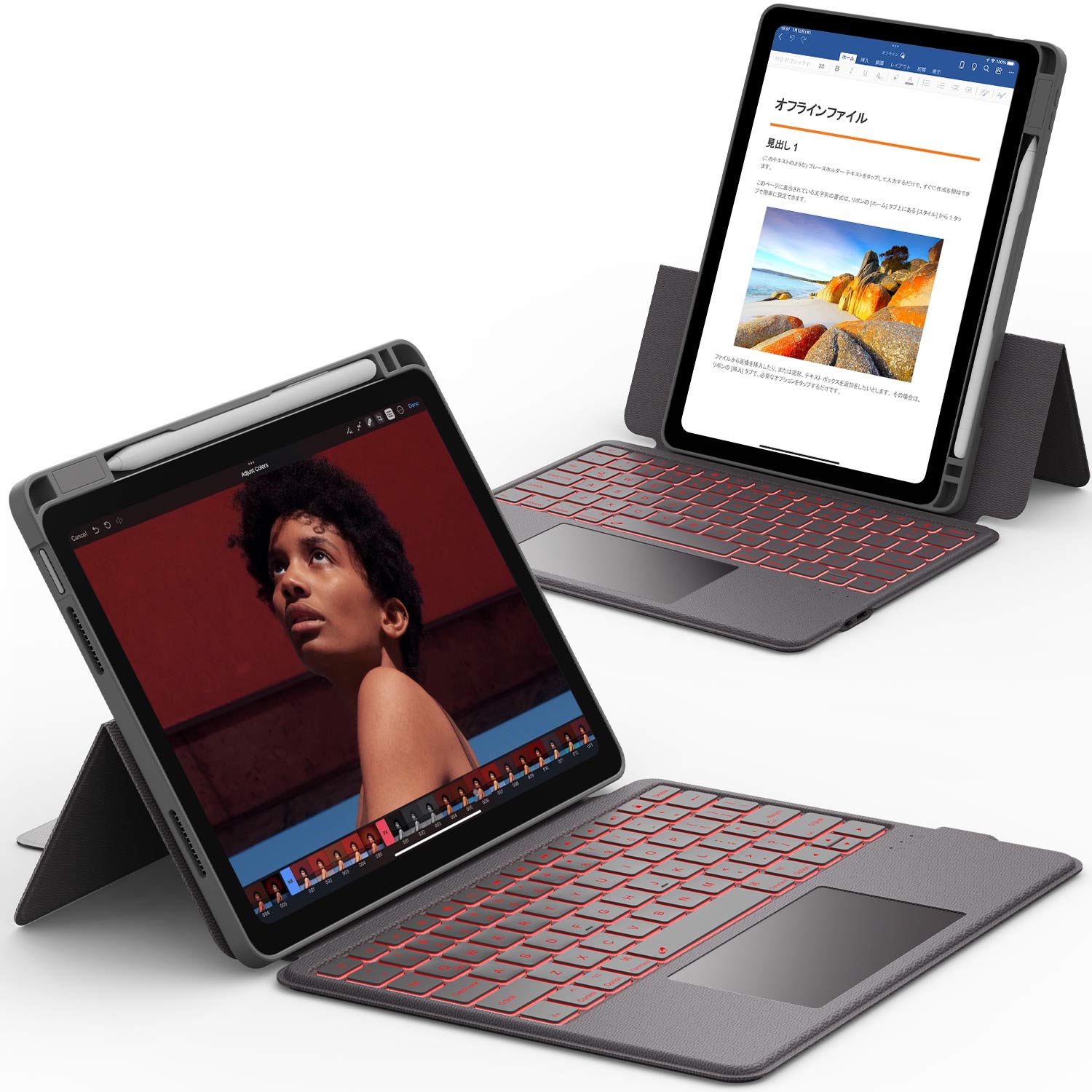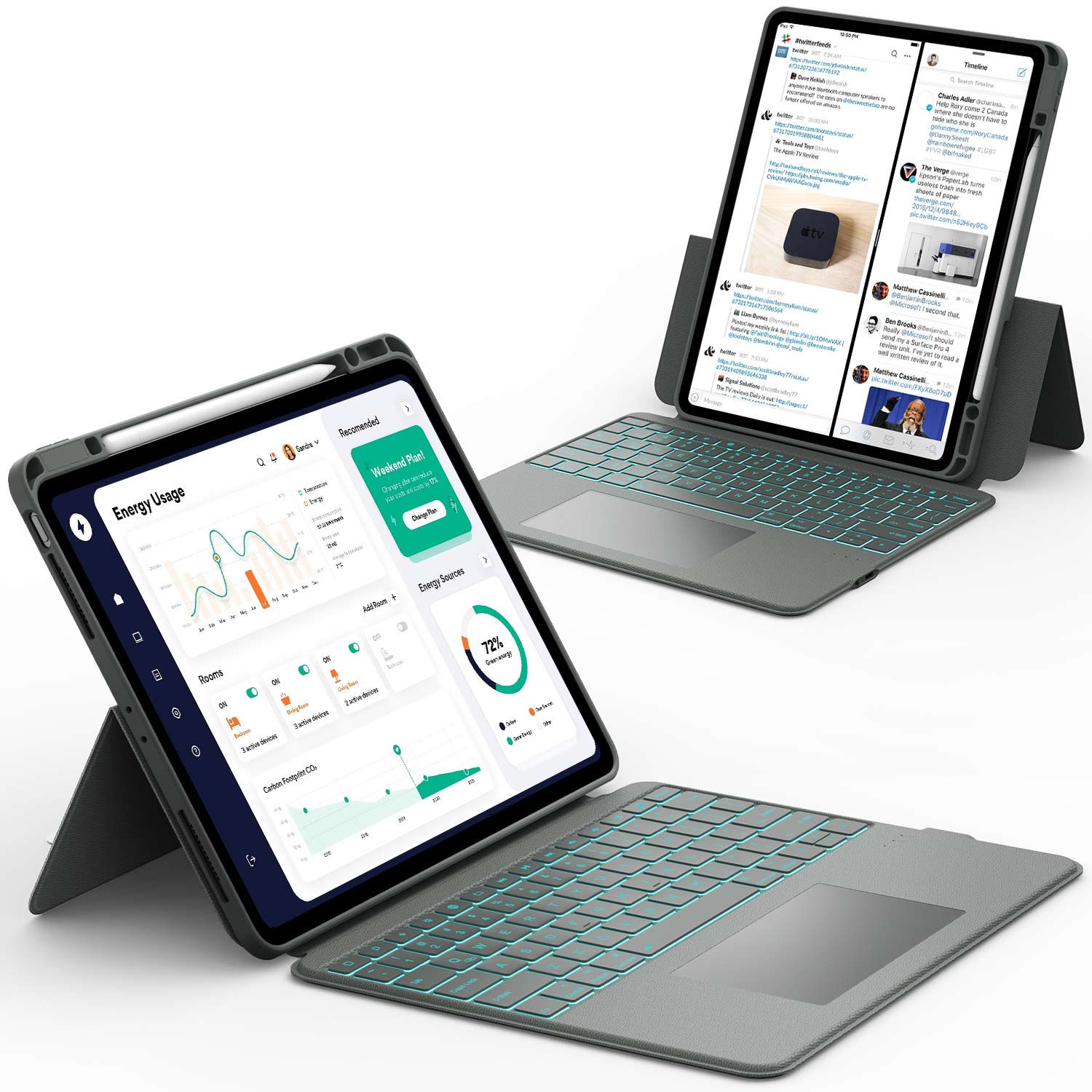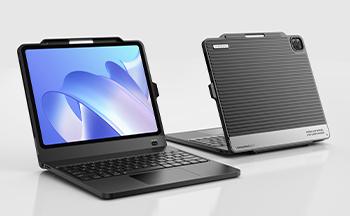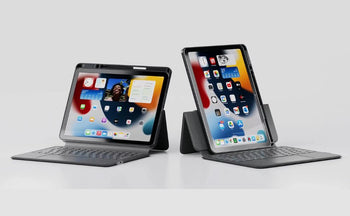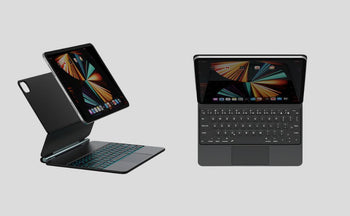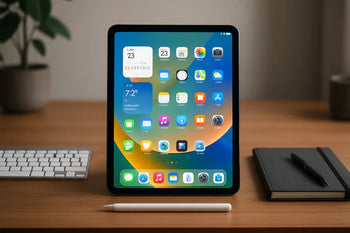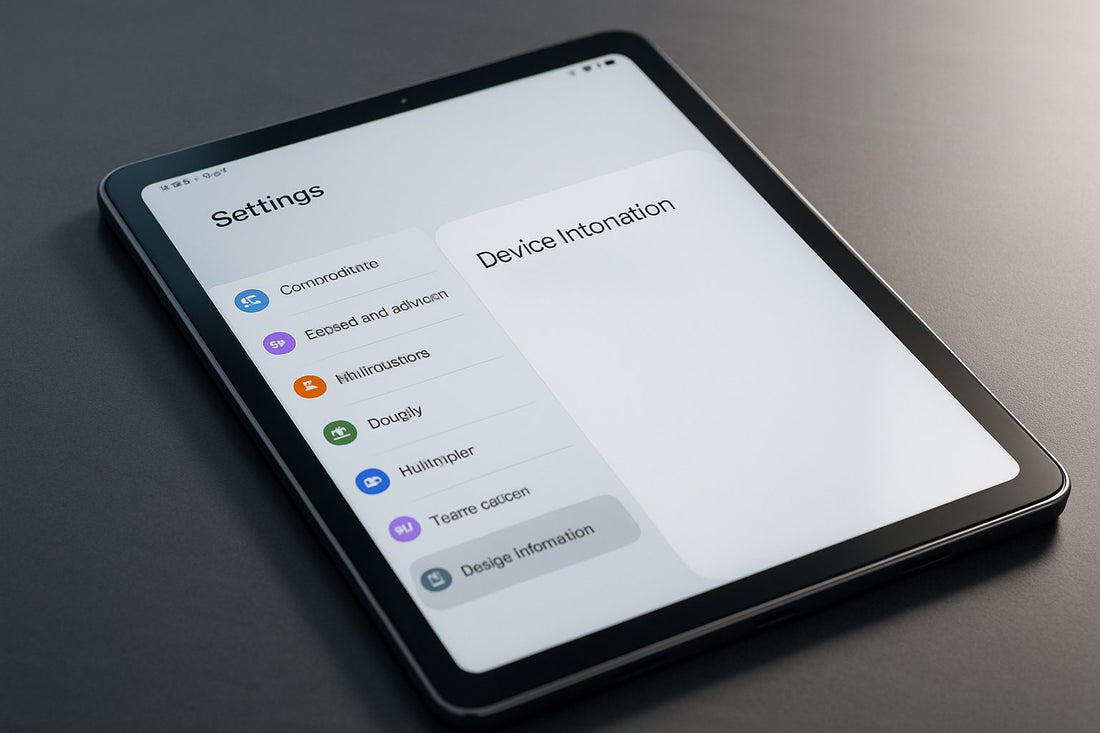When you hear IMEI code Samsung tablet, you might wonder why it matters. The IMEI, or International Mobile Equipment Identity, is a 15-digit number that acts like a digital fingerprint for your device.
Your Samsung tablet’s IMEI code is the unique ID that helps track, secure, and verify your device. You can locate the IMEI number on a Samsung tablet in several ways: dial *#06# in the Phone app, go to Settings > About tablet > Status > IMEI information, check the original packaging, or look at the back of the device.
If your Samsung tablet is Wi-Fi–only, it won’t have an IMEI number. In that case, you’ll need to use the device’s serial number instead.
Knowing where to look and how to use it gives you more control over your device. It’s like a key to your tablet’s identity in the mobile network.
Without it, your device can’t get recognized or connect properly. Once you know how to find and protect this number, your Samsung tablet stays more secure and functional.
Key Takeaways
- The IMEI code is a unique ID that identifies your Samsung tablet.
- You can easily find the IMEI in settings, on the box, or with a dial code.
- Protecting your IMEI helps secure your device and prevent misuse.
Keep your tablet safe and stylish by checking out our Samsung Tablet Case collection.
What Is an IMEI Code on a Samsung Tablet?

Your Samsung tablet has two main identifiers: the IMEI number and the serial number. Each does something different, and knowing how they work can help with repairs, warranty claims, and even protecting your device if it’s lost or stolen.
IMEI vs Serial Number: Key Differences
The IMEI (International Mobile Equipment Identity) is a 15-digit code unique to devices with cellular capability. Your Samsung tablet uses this number when it connects to mobile networks.
Carriers can block or trace a device using its IMEI if it’s reported stolen. The serial number, on the other hand, is created by Samsung to identify your specific unit.
It’s mainly used for warranty service, software updates, and customer support. Unlike the IMEI, the serial number doesn’t interact with mobile networks.
Both numbers are unique, but only the IMEI connects to the global mobile system.
International Mobile Equipment Identity Explained
The International Mobile Equipment Identity (IMEI) is a global standard managed by the GSMA. Every mobile-enabled Samsung tablet has one.
The IMEI is split into parts:
- TAC (Type Allocation Code): Identifies the brand and model.
- Serial digits: Identify your specific device.
- Check digit: Validates the number using a formula.
This structure makes the IMEI reliable for verifying authenticity and blocking fake or cloned devices. Counterfeit tablets often fail the IMEI check because their numbers don’t match the GSMA database.
You’ll find your IMEI in the tablet’s settings, the SIM tray, or by dialing *#06#. Knowing this code helps you prove ownership and keep your device secure on global networks.
How to Find the IMEI Code on Your Samsung Tablet

You can locate the IMEI number on a Samsung tablet in several ways. Whether you check through software, dial a quick code, or look at the device itself, each method gives you direct access to this unique identifier.
Using the Settings Menu
The easiest way to find your IMEI is through the Settings app. Open Settings and scroll down to About tablet.
Tap it, then select Status. You’ll see your IMEI number listed with other details like the MEID and serial number.
This method works on most Samsung Galaxy Tab models. It’s reliable because you don’t need the original box or any special tools.
If you want to save the number, copy it or take a screenshot. Having it stored somewhere safe helps if your device gets lost or stolen.
Dialing *#06# in the Phone App
If your Samsung tablet has a Phone app (some LTE-enabled Galaxy Tabs do), you can quickly dial *#06# to display the IMEI. Once you enter the code, the IMEI number pops up instantly on the screen.
This method is fast and skips the menus. It’s handy if you need the IMEI while setting up a SIM card or when contacting your carrier.
Wi-Fi-only tablets usually don’t have a Phone app, so this option may not work on those models. For LTE versions, though, it’s one of the quickest ways to grab the number.
Checking the Device Hardware or Packaging
If you can’t power on your tablet, you can still find the IMEI. Look for a label on the back of the device or inside the SIM card tray.
On many Samsung Galaxy Tab models, the IMEI is printed there with the serial number. Another place to check is the original packaging box.
The IMEI is usually printed on a sticker near the barcode. If you kept the box, this is a simple backup option.
This method is useful when your tablet is locked, broken, or has no battery. Just make sure you copy the number carefully—it’s usually 15 digits.
Using Samsung’s Find My Mobile Service
Samsung’s Find My Mobile service also lets you view your IMEI online. Log in to the service with your Samsung account on a computer or another device.
Once signed in, select your registered tablet, and the IMEI shows up with the device details. This is helpful if your tablet is lost or stolen and you don’t have physical access to it.
You can still retrieve the IMEI remotely and report it to your carrier. The service also shows other useful info like the model name and status.
Why Your IMEI Code Matters

Your Samsung tablet has a unique IMEI number that ties it to networks, services, and ownership records. This code helps protect your device, keeps your carrier services running, and proves your tablet’s authenticity when you need support or want to sell it.
Device Security and Theft Protection
Your IMEI number works like a digital fingerprint for your Samsung tablet. If your device gets lost or stolen, you can report the IMEI to your carrier.
They’ll block the tablet from connecting to mobile networks, making it harder for thieves to use or resell. Many countries keep IMEI databases that list stolen devices.
When someone tries to activate a flagged tablet, the system can stop it from working. This helps reduce phone and tablet theft.
You can also check your IMEI against these databases to confirm if a used Samsung tablet is safe to buy. This step protects you from buying a blocked or blacklisted device.
Key uses of IMEI for security:
- Block stolen tablets from networks
- Track devices with carrier support
- Verify if a device is blacklisted
Carrier Services and Device Activation
Your carrier needs the IMEI number to activate your Samsung tablet on its network. Without it, the device can’t connect for calls, texts, or mobile data.
The IMEI tells the carrier what type of device you’re using and makes sure it’s compatible with their system. When you switch carriers, the IMEI gets checked again.
If the tablet is locked to one network, you might need to request an unlock before using it elsewhere. This process depends on your contract and the carrier’s rules.
Carriers also use IMEI numbers to apply service features. For example, they can enable LTE, 5G, or restrict services if the device is reported as lost.
Carrier checks with IMEI include:
- Device eligibility for activation
- Network compatibility
- Lock or unlock status
Warranty, Resale, and Authenticity Verification
Your IMEI number is also tied to your Samsung warranty. When you request service or repairs, Samsung checks the IMEI to confirm if the tablet is still under coverage.
This ensures you get the right support without delays. If you plan to sell your Samsung tablet, buyers may ask for the IMEI.
They can use it to confirm the device is genuine, not stolen, and not locked to a carrier. This builds trust and helps you complete the sale faster.
Retailers and resellers also rely on IMEI checks to prevent counterfeit products from entering the market. Since every Samsung tablet has a unique IMEI, it acts as proof of authenticity.
Ways IMEI helps with resale and warranty:
- Confirms warranty status
- Proves device authenticity
- Builds buyer confidence
Your Samsung tablet’s IMEI is like its fingerprint—vital for proving ownership, blocking theft, and avoiding counterfeit risks. Keep it safe.
Upgrade your setup with a smart keyboard case—check out our article: Samsung S9 Case with Keyboard.
Keeping Your IMEI Secure
Never share your IMEI publicly (forums, listings, social media). Check it only in Settings > About Tablet > Status, on the box, or your receipt.
Avoid shady apps that ask for identifiers—stick to Google Play or Galaxy Store. Share your IMEI only with verified companies for warranty or insurance.
If You Lose Access to Your IMEI
Can’t find it on your tablet? Look on the box, SIM tray, receipt, Samsung account (findmymobile.samsung.com), or carrier profile.
If stolen, report the IMEI to your carrier and police so the device can be blocked and claims processed. Always check a used tablet’s IMEI before buying to avoid blacklisted devices.
Backing Up Device Details
Record your IMEI, serial number, and purchase date in a safe place (encrypted note or password manager). Update when you get a new device—it’s a lifesaver for theft reports or repairs.
Boost Style and Function With the Best Samsung Tablet Keyboard Cases

Once you’ve tracked down the IMEI code on your Samsung tablet, the next step is keeping that device protected and making it even more useful. A great way to do that is by pairing it with a high-quality keyboard case.
For a premium option, the Chesona Levitate Series Keyboard Case offers a floating magnetic stand, smooth touchpad, and full-size keys—perfect for work, school, or on-the-go productivity. Its sturdy build also keeps your tablet safe from scratches and bumps.
If you prefer something stylish with extra flair, the Chesona 7-Color Backlit Trackpad Keyboard Case is a fantastic choice. It combines a detachable keyboard, vibrant backlighting for low-light typing, and a built-in S Pen holder for convenience. Plus, its stain-resistant cover means it stays looking fresh even with daily use.
Both of these cases transform your Samsung tablet into a laptop-like device, making it easier to type, multitask, and protect your investment. If you want to boost productivity, enjoy hands-free viewing, and keep your tablet safe in style, these Chesona cases are must-haves.
Final Thoughts
Finding the IMEI code Samsung tablet doesn’t have to be tricky. With just a few quick steps, like dialing a code, opening the Settings menu, or checking the packaging—you can uncover this important number.
If your tablet only runs on Wi-Fi, remember it won’t have an IMEI, but you can always use the serial number instead. This little code can save you a lot of trouble when it comes to unlocking, repairs, or security.
So, don’t wait until it’s too late, take a minute to find and note down your tablet’s IMEI today. It’s simple, smart, and super useful!
👉 Thinking about upgrading or getting a new device? Read our guide: What Is the Best Samsung Tablet for You? Buyer’s Guide
Frequently Asked Questions
Does the Samsung Tab have an IMEI number?
Yes, but only if your Samsung tablet works with mobile data. Wi-Fi–only models skip the IMEI because they don’t use cellular networks.
You’ll usually find the IMEI in Settings > About tablet, on the box, or printed on the SIM tray.
Is it possible to unlock my Samsung tablet using the IMEI code?
You can ask your carrier to unlock your tablet using its IMEI if it’s locked to their network. They’ll want you to finish payments or wait out your contract first, though.
Once they approve, you’re free to pop in SIM cards from other providers.
Is IMEI the same as Serial number?
Nope, they’re not the same. The IMEI tags your device on mobile networks, while the serial number is for the manufacturer.
Both are unique, but they serve different jobs.
Can the IMEI code help me track my Samsung tablet?
The IMEI won’t let you track your tablet by itself. Carriers and law enforcement can use it to block or trace a stolen device on cellular networks.
If you want to track your tablet personally, try Samsung’s Find My Mobile or Google’s Find My Device instead.
What is the process for changing the IMEI number on my Samsung tablet, and is it legal?
Changing the IMEI number on a Samsung tablet involves using special software or hardware tools.
But here’s the thing—doing this is illegal in many countries.
Most laws treat IMEI tampering as a serious offense, since it’s often tied to fraud prevention.
Besides, trying to change the IMEI can damage your tablet or void the warranty, so it’s really not worth the risk.
